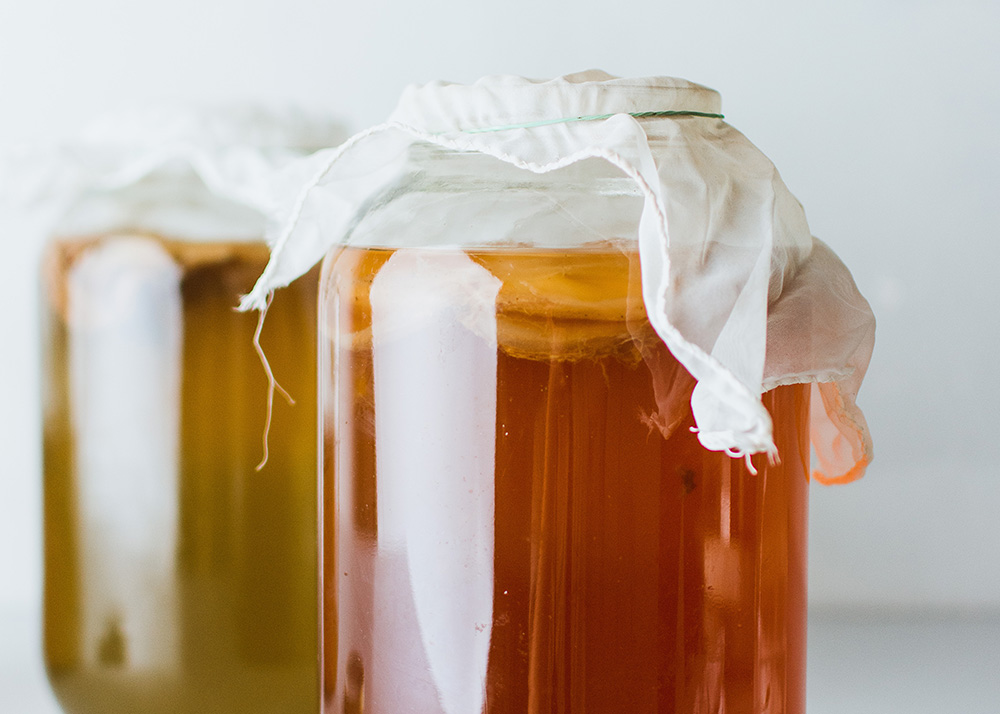All About Scobies, The Mothers of Kombucha
/We're getting more and more questions from people who are interested in trying their hand at brewing their own kombucha, or who just want to know a bit more about this now almost ubiquitous and wildly popular drink. So in honour of Mother's Day we thought it would be fun to share some info about the source of all kombucha magic, the scoby—otherwise known as the mother.
First things first: what is a scoby?? A scoby, or, more accurately because it’s an acronym, a SCOBY, is a “symbiotic culture of bacteria and yeast”. Pretty straightforward! These bacteria and yeast feed off of sugars, and in the process create fermentation. The basic ingredients of kombucha, for example, are tea and some sugar, and as the scoby consumes the sugar as well as some of the nutrients in the tea leaves, it ferments the tea creating the now widely beloved beverage.
Why is it also often referred to as a ‘mother’? A healthy scoby will continuously generate ‘babies’, which are essentially layers that grow on top of if it that can be peeled off to create brand new scobies, that can be used to brew more batches of ‘booch. These ‘babies’ can be separated when they are about 1/8 to 1/4 of an inch thick.
The baby scobies that are generated can be used to brew multiple batches of kombucha at once, they can be given to friends and family who want to get started, or they can be stored for later use as ‘back ups’ in a ‘scoby hotel’ which is basically a jar with some tea and sugar in which scobies are stacked and kept in a cool temperature that slows the growth rate.
How do you get your first scoby? We do have super handy starter kits available with all the ingredients and instructions you need, or you can even try growing your own from scratch using some already brewed kombucha following instructions like this.
A scoby could, in theory, be used almost endlessly as long as it’s kept healthy with enough nutrition, and proper conditions such as a good ph balance, and not too hot or too cold environment. It’s also important that the scoby is kept safe from potential contaminants. It’s essential to remember that with anything involving bacterial cultures there are some inherent risks that the wrong bacteria could get involved, which, in a worst case scenario, could cause serious health risks. When working with scobies distilled water is ideal, and make sure all storage equipment and any utensils you use, as well as your hands, are thoroughly cleaned—and rinsed because contact with any anti-bacterial soaps or agents will also damage the bacteria in your scoby. And definitely do more research if you’re thinking of getting started, this is just a quick overview!
Even if you’re not going to begin whipping up batches of ‘booch in your kitchen we hope you enjoyed learning a little more about what’s probably (at least) one of your favourite drinks!

